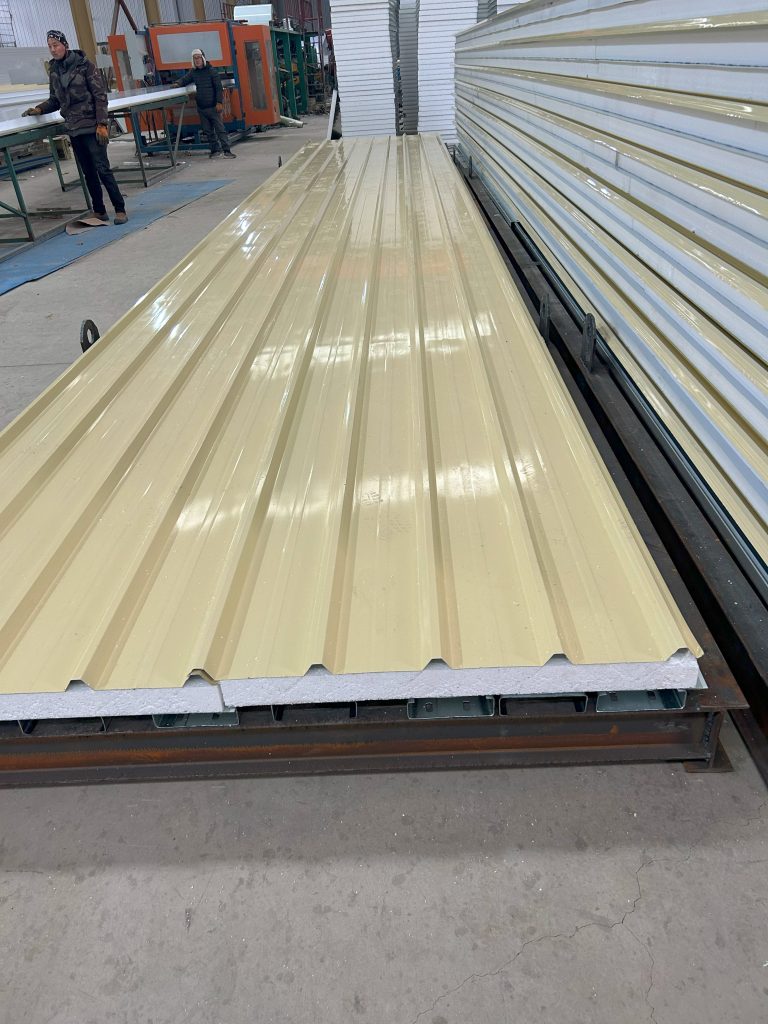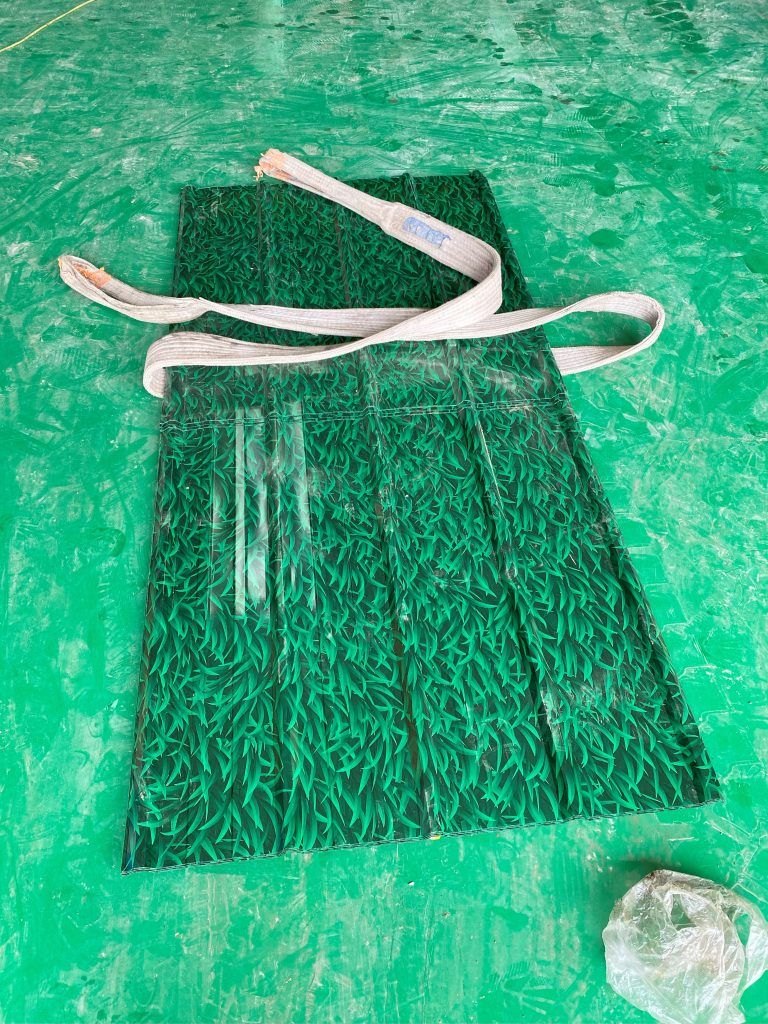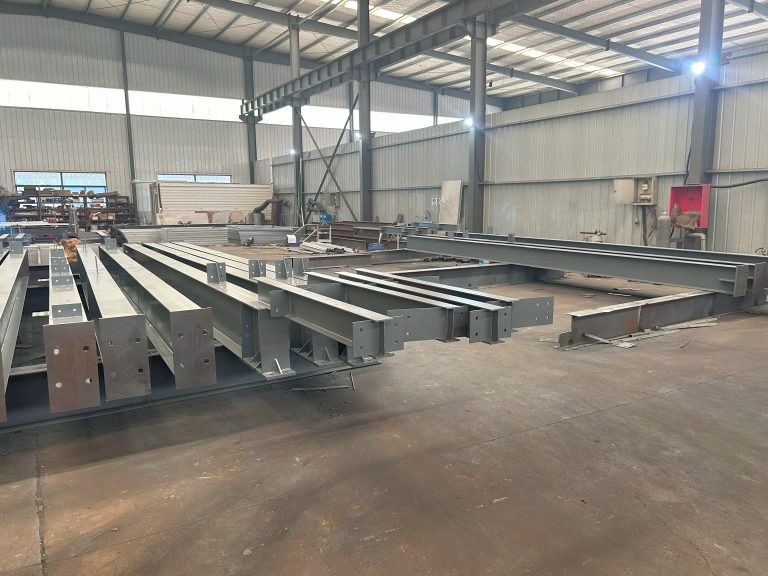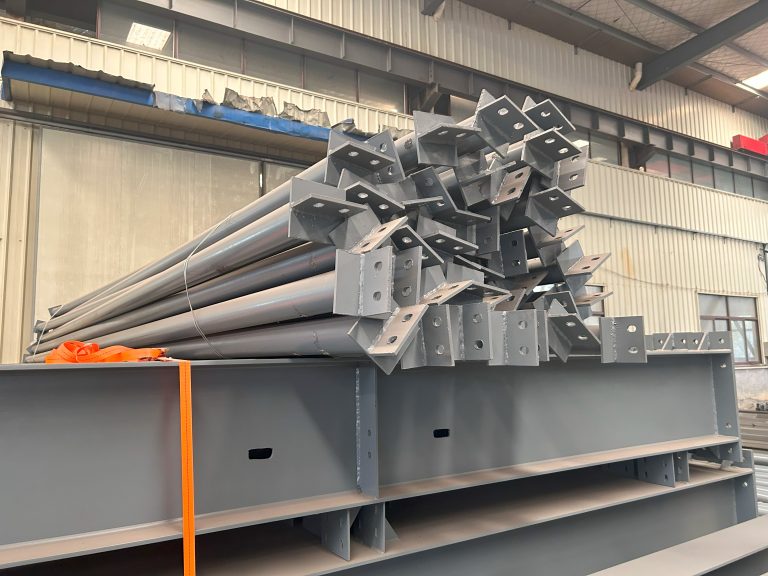Discuss how box houses can meet the health and safety standards of temporary hospitals and isolation wards.
Table of Contents
Benefits of Using Box Houses for Temporary Hospitals and Isolation Wards
In times of crisis, such as a global pandemic or a natural disaster, the need for temporary hospitals and isolation wards becomes crucial to ensure the health and safety of the population. One innovative solution that has gained popularity in recent years is the use of box houses for such purposes. These prefabricated structures offer a cost-effective and efficient way to quickly set up medical facilities in emergency situations.
One of the key advantages of using box houses for temporary hospitals and isolation wards is their ability to meet the health and safety standards required for such facilities. These structures are designed to be durable and weather-resistant, making them suitable for use in a variety of environments. Additionally, box houses can be easily customized to meet the specific needs of a medical facility, such as the installation of HVAC systems, plumbing, and electrical wiring.
Furthermore, box houses are constructed using high-quality materials that are easy to clean and disinfect, which is essential for maintaining a sterile environment in a medical facility. This is particularly important in isolation wards, where patients with infectious diseases need to be isolated from the general population to prevent the spread of illness. By using box houses, healthcare workers can ensure that the facility meets the necessary hygiene standards to protect both patients and staff.
Another benefit of using box houses for temporary hospitals and isolation wards is their flexibility and scalability. These structures can be easily assembled and disassembled, allowing for quick deployment in emergency situations. Additionally, box houses can be expanded or reduced in size to accommodate changing needs, making them a versatile solution for healthcare facilities that need to adapt to evolving circumstances.
In addition to meeting health and safety standards, box houses also offer a comfortable and secure environment for patients and healthcare workers. These structures are designed to provide adequate insulation and ventilation, ensuring a comfortable temperature and air quality inside the facility. This is essential for maintaining the well-being of patients and staff, especially in situations where they may need to stay in the facility for an extended period of time.
Furthermore, box houses can be equipped with amenities such as bathrooms, kitchens, and sleeping quarters, providing a more homelike environment for patients in isolation wards. This can help to reduce stress and anxiety, which are common among patients who are isolated from their loved ones and familiar surroundings. By creating a comfortable and secure environment, box houses can help to promote healing and recovery in medical facilities.
In conclusion, box houses offer a practical and effective solution for meeting the health and safety standards of temporary hospitals and isolation wards. These structures are durable, customizable, and easy to clean, making them ideal for use in emergency situations. By providing a comfortable and secure environment for patients and healthcare workers, box houses can help to ensure the well-being of all individuals in a medical facility. Whether used in response to a pandemic, natural disaster, or other emergency situation, box houses are a valuable resource for healthcare facilities seeking to provide high-quality care in challenging circumstances.
Design Considerations for Ensuring Health and Safety Standards in Box Houses
In times of crisis, such as a global pandemic, the need for temporary hospitals and isolation wards becomes crucial to ensure the health and safety of the population. One innovative solution that has gained traction in recent years is the use of box houses. These prefabricated structures offer a quick and cost-effective way to create temporary healthcare facilities that can meet the necessary health and safety standards.
One of the key design considerations when it comes to box houses is ensuring that they are able to meet the specific requirements of a healthcare setting. This includes factors such as ventilation, sanitation, and infection control. By carefully planning the layout and construction of these structures, it is possible to create a safe and functional environment for patients and healthcare workers alike.
Ventilation is a critical aspect of any healthcare facility, as poor air quality can lead to the spread of infectious diseases. In the case of box houses, it is important to ensure that there is adequate airflow throughout the structure. This can be achieved through the use of ventilation systems, such as air purifiers or fans, as well as by incorporating windows and doors that can be opened to allow for natural ventilation.
Sanitation is another key consideration when designing box houses for use as temporary hospitals or isolation wards. Proper hygiene practices are essential to prevent the spread of infections, so it is important to include facilities such as handwashing stations and toilets in the design of these structures. Additionally, surfaces should be easy to clean and disinfect, and waste disposal systems should be in place to ensure that medical waste is properly managed.
Infection control is perhaps the most important aspect of designing box houses for healthcare use. In order to prevent the spread of diseases, it is essential to implement strict protocols for cleaning and disinfection, as well as to provide appropriate personal protective equipment for healthcare workers. By carefully planning the layout of the facility and ensuring that there are designated areas for different activities, such as patient care and staff break rooms, it is possible to minimize the risk of cross-contamination.
When it comes to meeting health and safety standards in temporary hospitals and isolation wards, box houses offer a number of advantages. These structures can be quickly assembled and easily transported to different locations, making them ideal for emergency situations. Additionally, they can be customized to meet the specific needs of a healthcare setting, ensuring that patients receive the care they require in a safe and comfortable environment.
In conclusion, box houses have the potential to meet the health and safety standards of temporary hospitals and isolation wards. By carefully considering factors such as ventilation, sanitation, and infection control, it is possible to create a functional and safe healthcare facility using these prefabricated structures. With proper planning and design, box houses can play a crucial role in responding to public health emergencies and ensuring the well-being of patients and healthcare workers alike.








